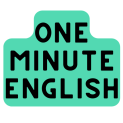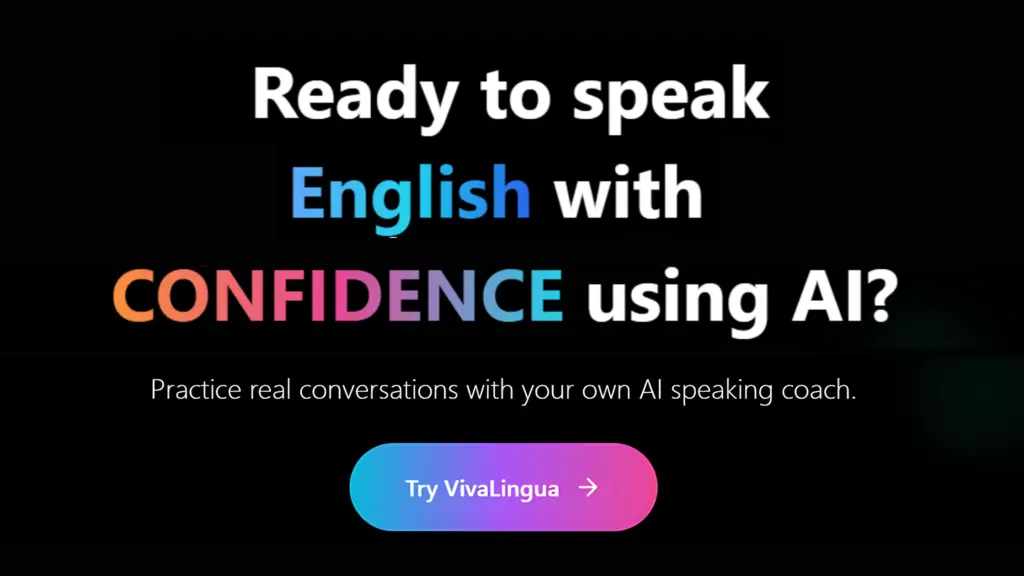Practice English or Spanish with AI here
There are some phrases in the English language that you can use in multiple situations. Depending on the context, “I’m good, thank you” can be an answer to a greeting or a decline for goods and services.
“I’m good, thank you,” is an informal reply that you may not hear much in business settings, but it is a common phrase among friends and family.
Although this phrase is informal, it is not considered rude to use in most situations, but it is most commonly used by the younger generation. Keep reading to learn more about what “I’m good, thank you” means and how you can use it in conversation.
The Meaning of “I’m Good, Thank You”
When you say “I’m Good,” you are saying that you are well. It can also mean that your day is going fine. In this case, this phrase is usually a reply to someone who you are.
Example:
- Speaker 1: “Good Morning! How are you doing?”
- Speaker 2: “I’m good, thank you. How about you?”
Notice in this example that Speaker 2 is using this phrase as an answer to a greeting. This greet could easily be interchangeable with other greeting answers, such as “fine” or “well.”
Example:
- Speaker 1: “How are you doing today?”
- Speaker 2: “I’m fine, thank you. And you?
0r
- Speaker 2: “I’m well, thank you. How about you?”
All of these alternatives indicate that Speaker 2 is having a good day.
Ways to Use “I’m good, thank you” as a Reply
We have explored how to use “I’m good, thank you” as a reply when it comes to greetings, but there are other circumstances where using “I’m good, thank you” is acceptable.
Using this phrase can be handy when trying to gently decline an offer.
Example:
- Speaker 1: “Would you like for me to carry that bag for you?”
- Speaker 2: “I’m good, thank you.”
In this example, Speaker 2 did not need help carrying the bag, so they politely declined by saying that they were “good,” which meant that they were “okay” and didn’t need help.
This can work the same way if someone offers you more food or drink and you want to express that you are full.
Example:
- Speaker 1: “Would you like another piece of pie?”
- Speaker 2: “Oh no, I’m good, thank you. It was delicious though.”
In this case, Speaker 2 is indicating that, even though the pie was delicious, they are full and can’t, or shouldn’t, eat anymore. In this scenario, there would usually be non-verbal cues given by Speaker 2 to indicate that they are full, like holding or rubbing their stomach.
Final Thoughts
The phrase “I’m good, thank you is very useful in day-to-day conversation. From greetings to polite declinations, you will find that this phrase has many uses.
- 10 Words or Phrases “To Make Her Feel Special” - October 16, 2024
- Synonym Generator - September 11, 2024
- [BrutallyHonest] Langua AI Review – Can you learn a language with AI? - April 23, 2024

